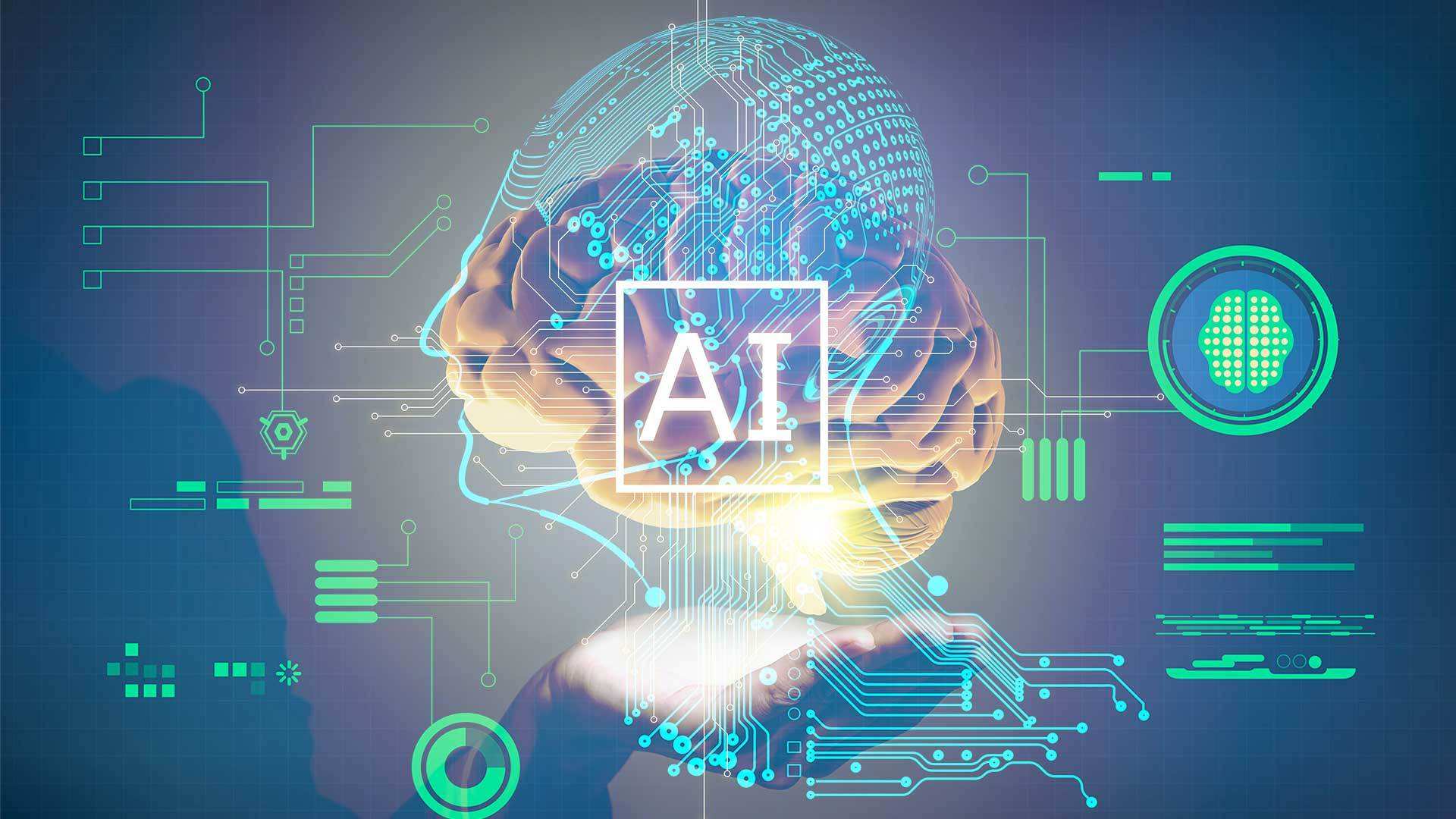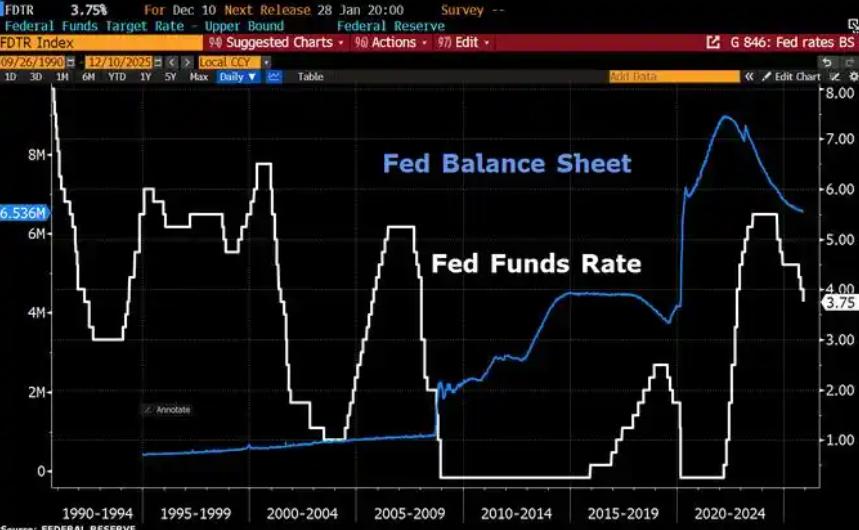
In today's ever-changing science and technology, artificial intelligence (AI), as an unstoppable wave, is reshaping our world at an unprecedented speed. From smart homes to autonomous driving, from medical diagnosis to financial risk control, AI's tentacles have penetrated into every corner of the social economy, triggering widespread concern and heated discussions around the world. However, in this boom, the concept of "artificial intelligence bubble" has gradually surfaced and become the focus of attention inside and outside the industry. So how big is the AI bubble right now?
First, we need to be clear about what the term "bubble" means in economics. Bubble usually refers to the economic phenomenon that asset prices far exceed their intrinsic value, driven by excessive speculation, information asymmetry, irrational expectations and other factors. When such price inflation reaches a certain level, the bubble will eventually burst, causing asset prices to plummet and even triggering a financial crisis.
Applying this concept to the field of artificial intelligence, the artificial intelligence bubble refers to the phenomenon that when AI technology is not fully mature and commercial application is still in the initial stage, the valuation of AI-related companies is inflated and investment is overheated due to market speculation, excessive pursuit of capital, favorable policies and other factors. To identify this bubble, we need to consider comprehensively from many aspects such as technology maturity, market demand, competition pattern and profit model.
At present, artificial intelligence technology has made remarkable progress in some fields, such as image recognition, speech recognition, natural language processing, and so on. However, the wide application of these technologies still faces many challenges, such as data privacy protection, algorithmic interpretability, technical ethics and so on. At the same time, the commercialization process of AI technology is far from reaching the mature stage, and many projects are still in the research and development or pilot stage, and there is still a long distance from large-scale profitability.
In recent years, with the rise of AI technology, a large amount of capital has poured into this field, which has promoted the rapid development of AI enterprises. However, the excessive pursuit of capital also brings the risk of investment bubbles. Some AI companies are able to obtain high funding based on concepts or preliminary technical prototypes, and their valuations far exceed their actual value. This phenomenon not only exacerbates irrational exuberance in the market, but also increases the risk of future bubbles bursting.
Although AI technology has shown great application potential in many fields, the release of market demand still takes time. At the same time, as more and more enterprises pour into the field of AI, the competitive landscape is becoming increasingly fierce. In this context, in order to seize market share, some enterprises are willing to take low-price competition, over-commitment and other strategies, which further aggravate the market chaos and the expansion of bubbles.
The existence of an artificial intelligence bubble may lead to excessive concentration and misallocation of resources in the field of AI. Vast amounts of money, talent, and technical resources have been poured into projects that are unlikely to produce tangible benefits in the short term, while other equally important areas have not yet received sufficient attention. This mismatch of resources not only wastes social resources, but also hinders the balanced development of scientific and technological innovation.
Driven by the bubble, some enterprises may pursue short-term interests too much and neglect long-term technology accumulation and innovation capacity building. This short-sighted behavior will weaken the core competitiveness of enterprises and reduce the innovation motivation of the entire industry. Once the bubble bursts, these enterprises will face huge survival pressure and market elimination risk.
The bursting of the AI bubble may also trigger a crisis of public trust and panic about AI technology. When some over-hyped AI projects fail to achieve the expected effect or even fail, the public may have doubts and concerns about the reliability and practicality of AI technology. This crisis of trust will seriously hinder the further promotion and application of AI technology.
In general, the AI bubble is an important problem facing the current AI field. Although the existence of the bubble has a certain rationality and inevitability, the risk and influence it brings can not be ignored. Therefore, we need to start from many aspects, strengthen supervision and guidance, improve technology maturity and commercialization capabilities, strengthen international cooperation and exchanges, and jointly promote the healthy development of AI technology.

Since 2022, the Fed has cumulatively reduced its balance sheet by $2.4 trillion through quantitative tightening (QT) policies, leading to a near depletion of liquidity in the financial system.
Since 2022, the Fed has cumulatively reduced its balance sh…
On December 11 local time, the White House once again spoke…
Fiji recently launched its first green finance classificati…
Recently, the European Commission fined Musk's X platform (…
At the end of 2025, the situation in the Caribbean suddenly…
The U.S. AI industry in 2025 is witnessing a feverish feast…